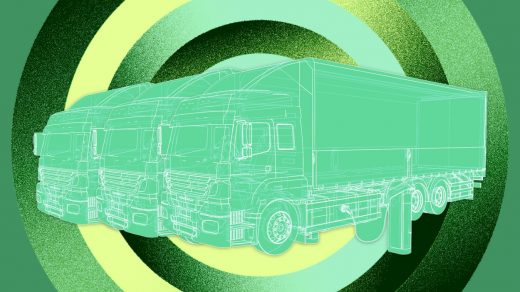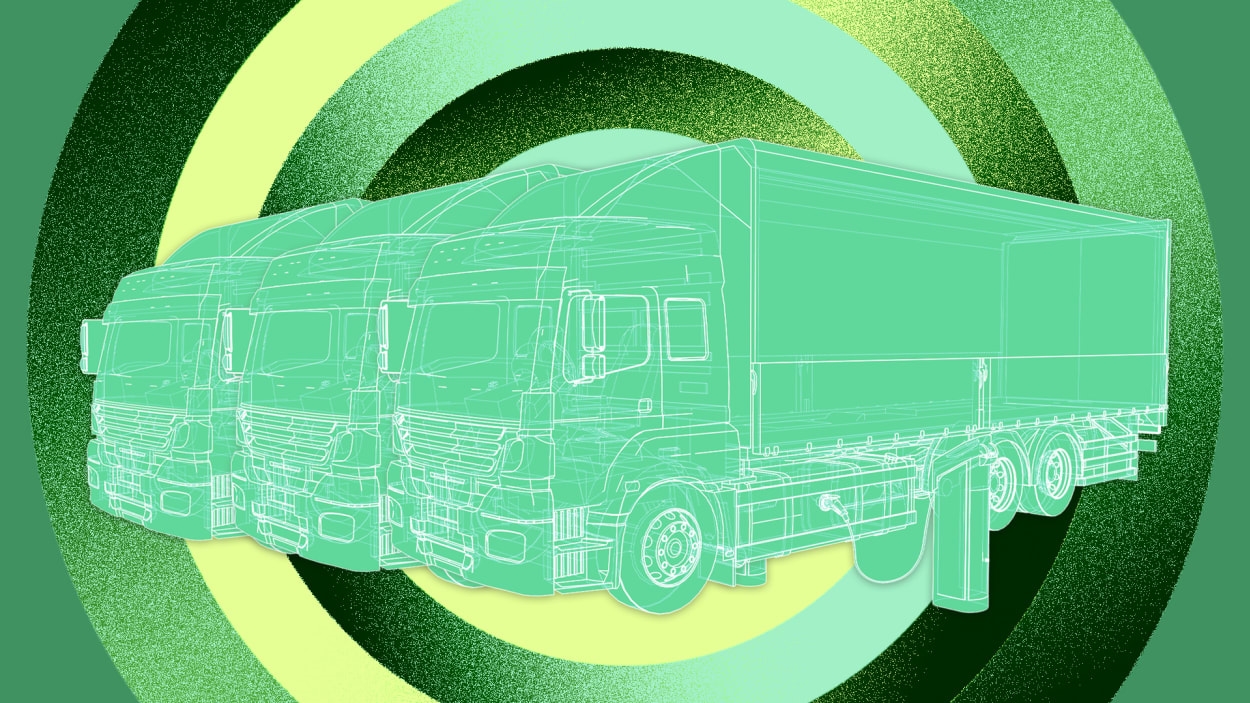2023 is going to bring major changes to electric trucking
By Graham Doorley
Last month, at COP27, U.S. Energy Secretary Jennifer Granholm signed a non-binding memorandum of understanding that put the medium and heavy duty vehicle market on a zero-emission trajectory by 2040. Achieving these ambitions will take progress over time; we’re not going to just wake up in 2040 with all new fleets across delivery vehicles, buses, and trucks. The first “step” in this progression is to ensure 30% of new vehicles are zero emission by 2030, with the rest going fully “clean” by 2040.
These are bold ambitions—and they’re necessary. Transportation accounts for about 20% of all global greenhouse gas emissions. Every facet of our industry needs to look critically at its part and how they can take meaningful steps to improve their role. And the government is championing—and incentivizing this transition—perhaps even faster than the industry can keep up (or truly wants the change to occur despite public endorsements of EVs).
Earlier this year, we saw the Inflation Reduction Act passage, and it holds a trove of benefits to inspire creative solutions and rapid progress across the electrification opportunity. In heavy trucking alone, $20 billion in applicable capital (tax credits, loans, and grants) became available to accelerate heavy EV development, production, and adoption.
Needless to say, when you pick apart what’s been passed and agreed to (in principle) in 2022, it was a massive year for heavy trucking. As an industry, we’re facing a decade (or two!) of rapid transformation, unlike anything the industry has seen in 100 years. As a startup in this sector, it’s exciting, but what will the year ahead hold?
New electric trucking entrants and VCs that love them
With the money flowing into this space from investors, alongside federal and state programs, we expect more entrants to emerge in 2023. The capital available is unique in that it accelerates vehicle production, but if accessed in the smartest of ways can also de-risk investments in this field and prevent dilution of early investors. For many VCs we speak to, this makes the sector even more attractive, as the IRA will be administration-proof in many ways, despite the election coming up in two years.
Innovative approaches to the battery supply crisis
Battery shortages—or rather, the limitations on raw material access and supply—have been a huge talking point in 2022. Despite incentives for advanced battery technology research and development, there’s only so much that can happen (and so many vehicles that can take to the roads) if there simply aren’t enough materials. In 2023, I expect to see electrochemical approaches continue to evolve and perhaps new entrants—or existing companies currently addressing other markets—shift into serving the heavy truck segment as it booms.
Range improvements
With greater investment going into battery development, we can expect to see more rapid progress on energy density and, subsequently, the potential range targets of electric heavy trucks. The energy density, simply put, is the gate between what we can achieve as an OEM and what our commercial partners need to make the business case for investing in new trucks. To close LOIs, we need to meet that business case, reduce operational disruptions, and provide immediate value, whether on cost-per-mile or in avoiding fines coming down the pipe for being slow to the electrification transition.
There’s an incredible diversity of tailwinds converging behind electric heavy trucking today, from companies taking a clean sheet approach like ours to those tackling one or more components of a long-haul truck. Each player has a unique approach—electrification is often treated like one homogenous “thing,” yet each and every powertrain is made up of discrete components that serve different missions. Each approach has advantages and disadvantages, but all are exciting for the industry at large. While it’s too early to identify winners—partially due to technology constraints that take time and innovation to improve—we can foresee an interesting year ahead and many transformational decades to come.
Graham Doorley is the CEO and founder of Terraline.
(44)



